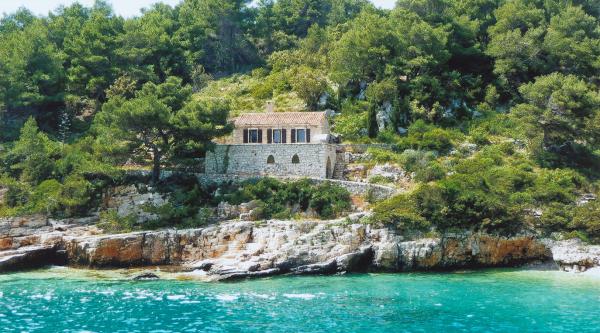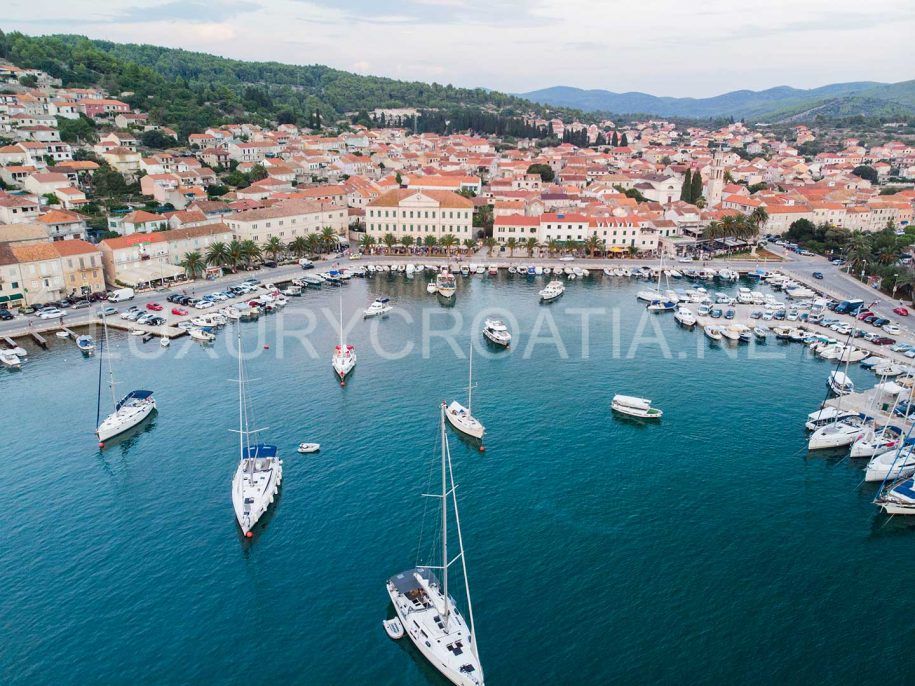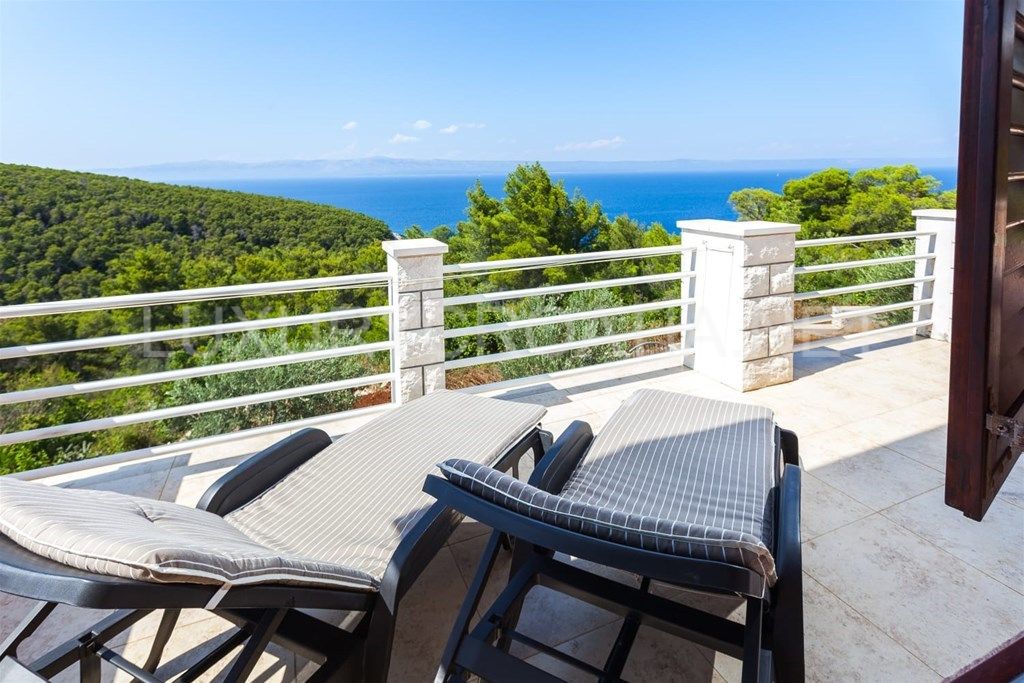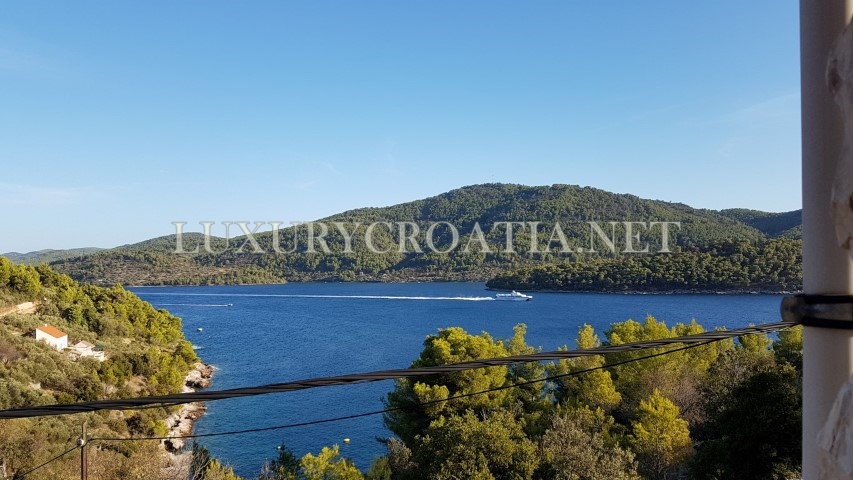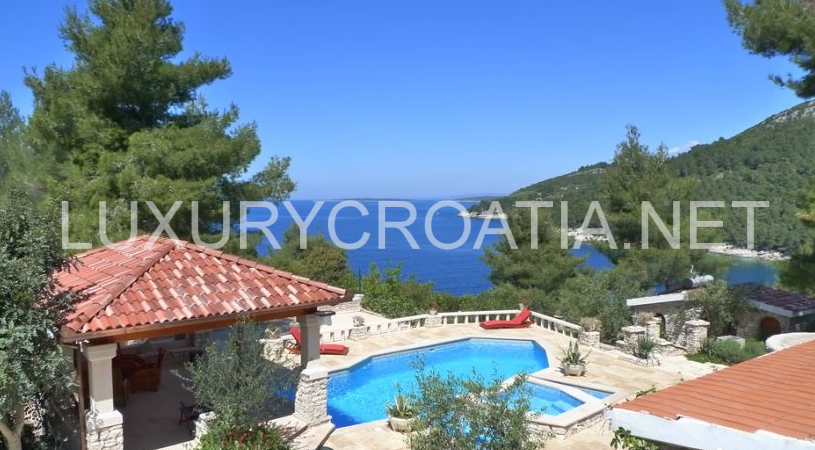SOLD:House for sale in center next to the sea, Vela Luka, Korcula island
-
 click on image to enlarge OLYMPUS DIGITAL CAMERA
click on image to enlarge OLYMPUS DIGITAL CAMERA
-
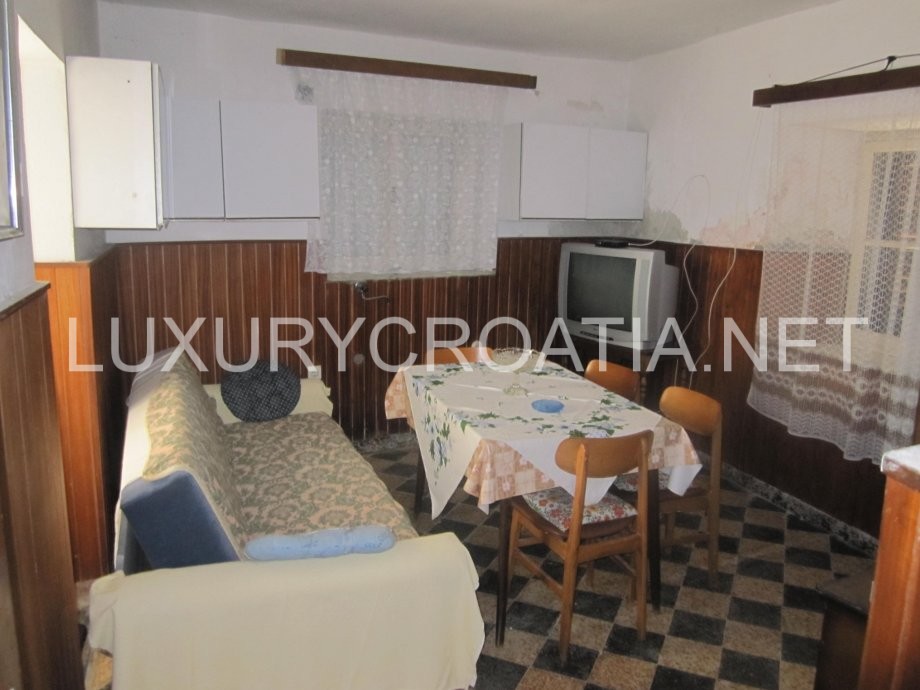 click on image to enlarge House for sale in center next to the sea, Vela Luka, Korcula island (2)
click on image to enlarge House for sale in center next to the sea, Vela Luka, Korcula island (2)
-
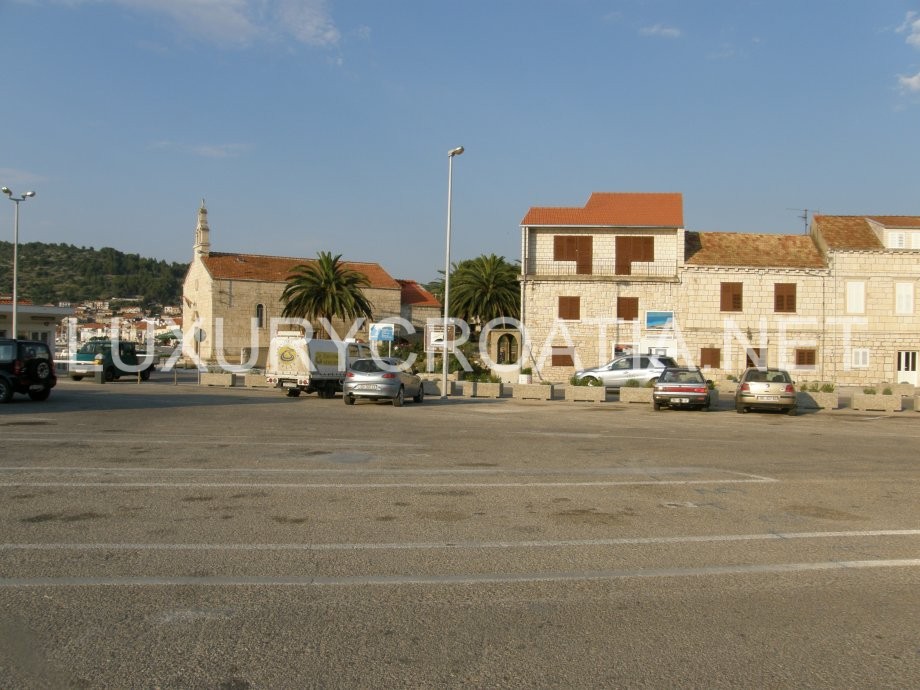 click on image to enlarge House for sale in center next to the sea, Vela Luka, Korcula island
click on image to enlarge House for sale in center next to the sea, Vela Luka, Korcula island
-
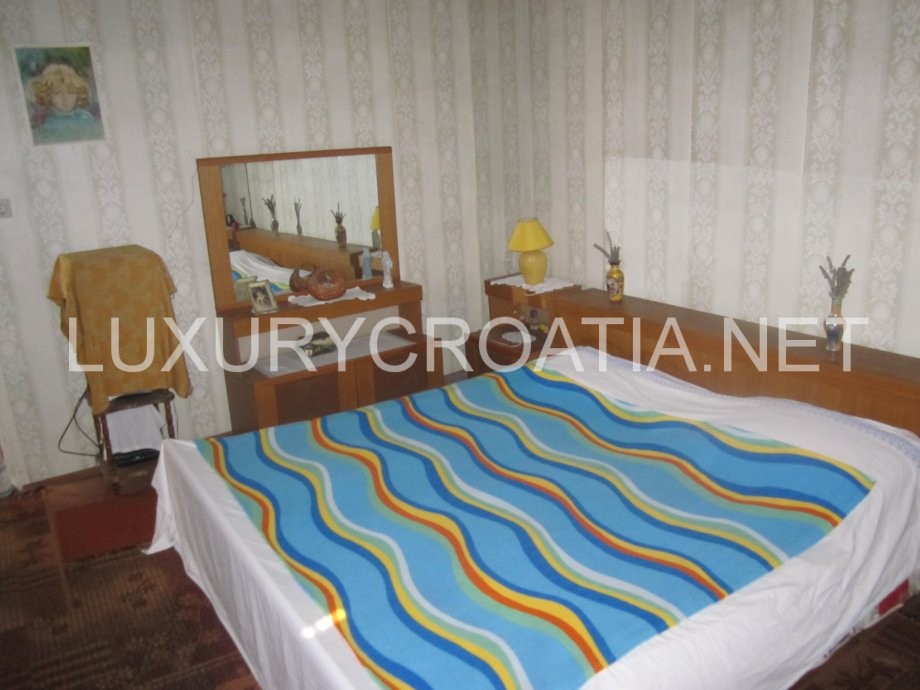 click on image to enlarge House for sale in center next to the sea, Vela Luka, Korcula island (4)
click on image to enlarge House for sale in center next to the sea, Vela Luka, Korcula island (4)
-
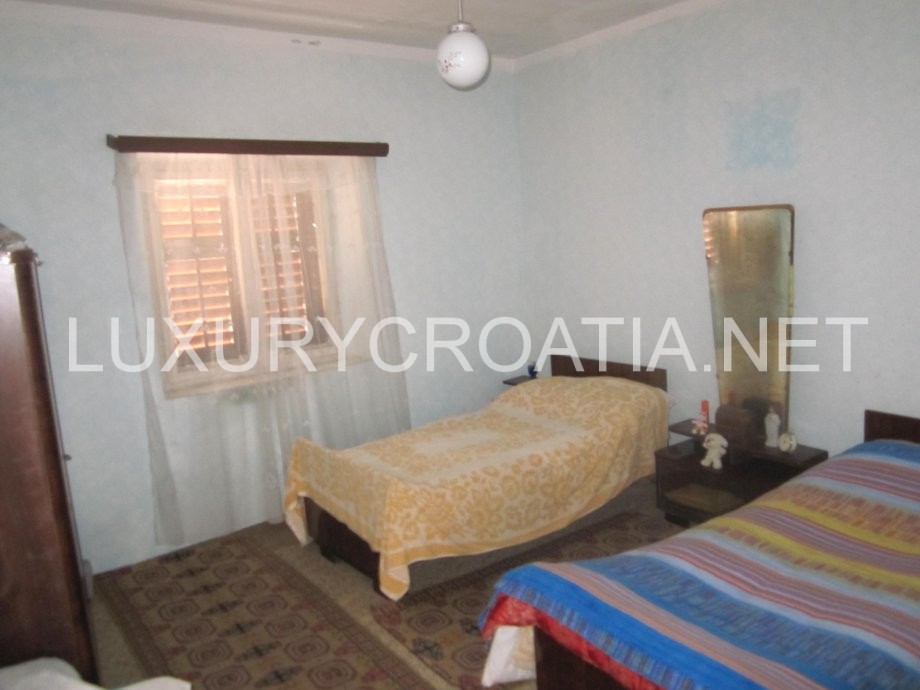 click on image to enlarge House for sale in center next to the sea, Vela Luka, Korcula island (3)
click on image to enlarge House for sale in center next to the sea, Vela Luka, Korcula island (3)
Property Details:
- Categories: House, SOLD
- Square meters: 250
- Features: 3% Agency Commission
About this Property:
(H-VL-RI-KO)
House for sale in center next to the sea, Vela Luka, Korcula island
SOLD!!!
House for sale in Vela Luka on the waterfront in the center, ready to move in. The ground floor; commercial space with separate entrance, kitchen, bathroom, fireplace. Upstairs are three bedrooms. Second floor unfinished with the possibility of a separate apartment. Energy certificated with class D.
Korčula (Greek: Κόρκυρα Μέλαινα, Latin: Corcyra Nigra, Korkyra Melaina, Old-Slavic Krkar, Venetian and Italian Curzola) is an island in the Adriatic Sea, in the Dubrovnik-Neretva county of Croatia. The island has an area of 279 km2 (108 sq mi); 46.8 km (29.1 mi) long and on average 7.8 km (4.8 mi) wide — and lies just off the Dalmatian coast. Its 16,182 (2001) inhabitants make it the second most populous Adriatic island after Krk. The population are mainly ethnic Croats (96.77% ).
KORCULA CITY – The birthplace of Marco Polo was built on the foundations of a Greek colony, and is the historical and tourist centre of the largest island in the Dubrovnik region. It is famous for its streets that are shaped in the form of a fish bone and well-preserved Gothic and Renaissance buildings.
Among them stands out the Cathedral of sv. Marko [St. Mark], whose rich interior guards the works of great Italian painters. The people of Korčula have preserved their customs and the medieval knight’s game “Moreška” that takes place on the town streets. The gentle Mediterranean cuisine will challenge the palates of even the most fastidious gourmets.
Along with the gifts of the sea (mussels, fish, crabs), delicious desserts such as Cukarin, the Dubrovnik cakes rožata and klašun go very well with the local Korčula wines – Grk, Pošip, Plavac and Rukatac.
Near the town of Korčula, there is an archipelago of 20 uninhabited islands covered with dense thicket, and an accessible coastline. Here is also the slightly larger islet of Badija with its pebble beaches and beautiful Franciscan monastery.
According to legend, the island was founded by Trojan hero Antenor in the 12th century BC who is also famed as the founder of the city of Padua.
The island was first settled by Mesolithic and Neolithic peoples. There is archaeological evidence at the sites of Vela Spila (Big Cave)[2] and at Jakas Cave near the village of Zrnovo. The finds of Vela Spila are on display at the Center for Culture in Vela Luka [1]. The fate of these peoples is not know but the sites do provide a window into their way of life.
The second wave of human settement was by Illyrians. It is believed that the Illyrians arrived in Balkans approximately 1000 BC. They were semi-nomadic tribal people living from agriculture. There are numerous old stone buildings and fortresses (gradine) left behind by the Illyrians.

